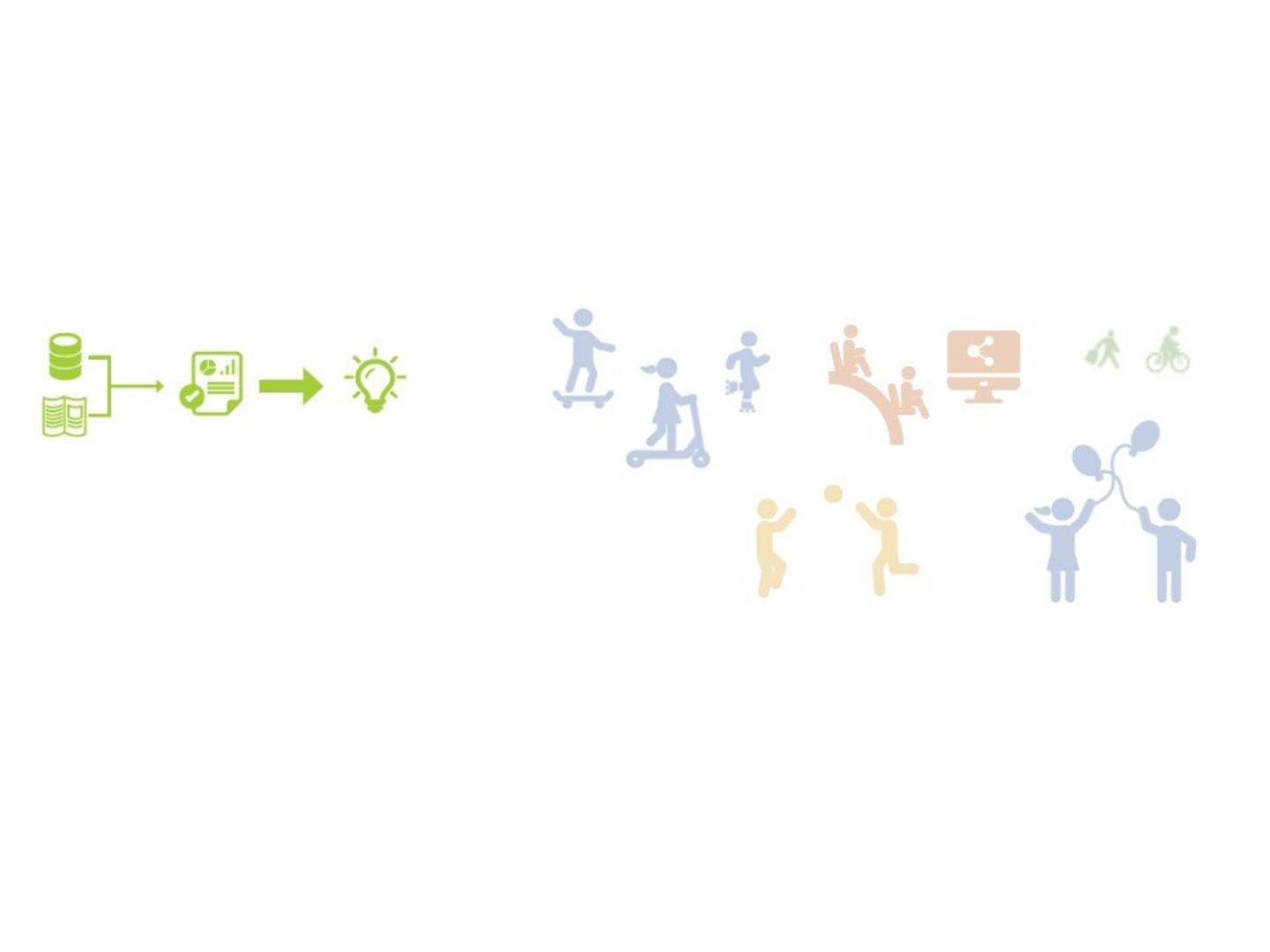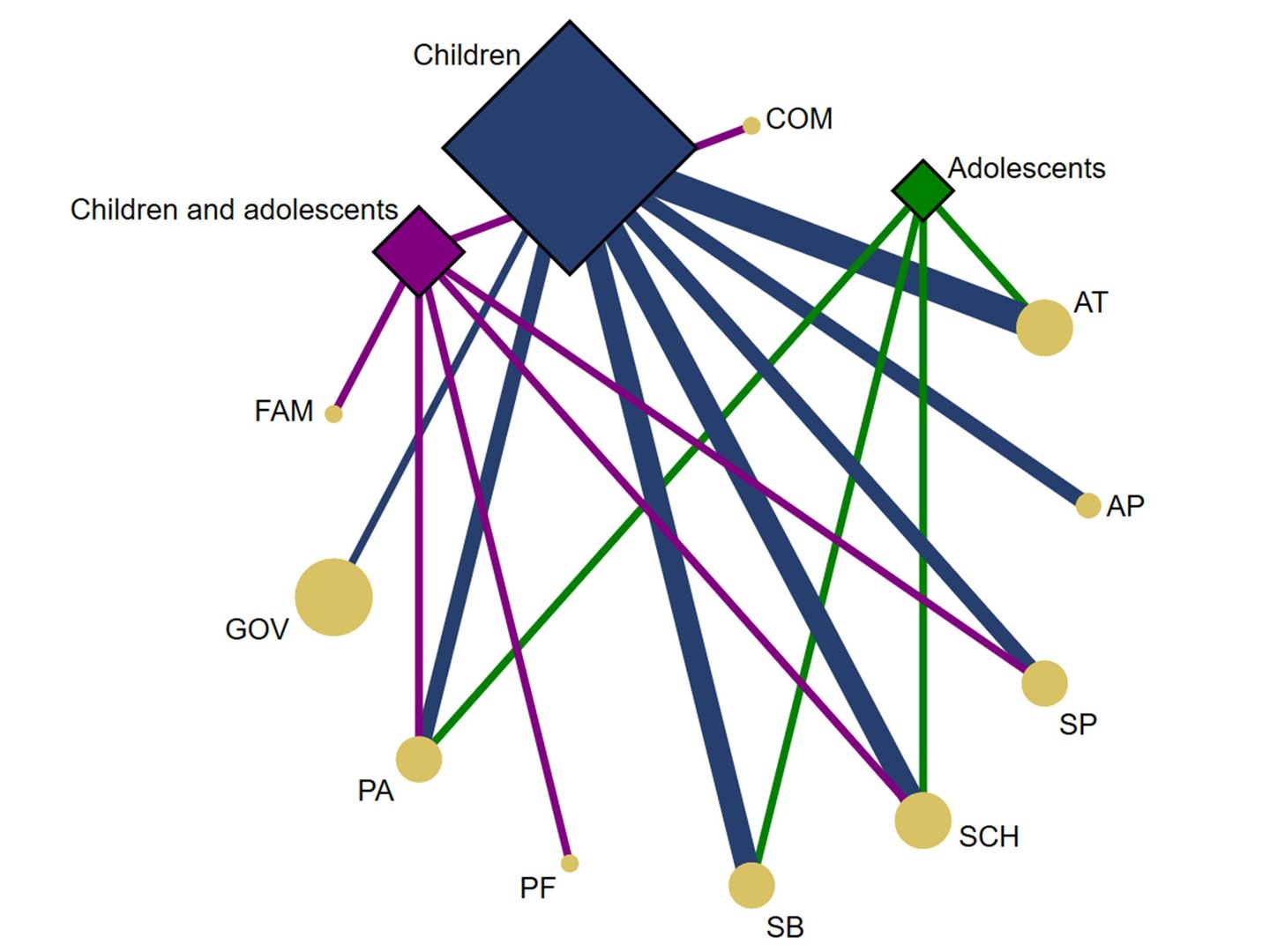
Artículo: Physical activity-related indicators in children and adolescents in Uruguay: A scoping review based on the Global Matrix initiative

ARTICULO COMPLETO: LINK
Background: The first Uruguay's Report Card in 2018 based on the Global Matrix initiative showed the lack of information on physical activity in children and adolescents. This study mapped and examined the available evidence on physical activity-related indicators based on Uruguay's 2022 Report Card.
Methods: The scoping review was reported using the Joanna Briggs Institute and the Preferred Reporting Items for Systematic Reviews extension for Scoping Reviews guidelines. A comprehensive literature search was performed for the period between 2018 and 2021, including electronic databases (PubMed, Web of Science, LILACS, Scielo, and Latindex), gray literature (Google Scholar, open access thesis, relevant websites of State-agencies and International Organizations), national and regional relevant journals, and reference lists of key texts. Two researchers independently conducted both the selection and data-charting process. Data items from each paper were charted based on the Population, Concept, and Context elements reflected in the objective of the review. A narrative synthesis and network plots were conducted to summarize the evidence.
Results: A total of 20 papers were included in this review, consisting of four peer-reviewed scientific papers, three bachelor's theses, four official documents of State-agencies, four Government reports, of which three included national surveys, and five laws. Strengths, weaknesses, and knowledge gaps were identified from the available evidence. We synthesized main challenges such as publishing scientific studies, establishing cross-national and cross-sectoral collaborations in research projects, generating high-quality data, reporting information on social inequality indicators that influence equitable distribution, or increasing access to public information. Our results support early emerging and growth research on this topic. However, despite existing papers on physical activity-related indicators in Uruguayan youths, the lack of high-quality evidence remains clear.
Conclusion: The findings of this scoping review provide the best available evidence for identifying and overcoming the challenges of physical activity-related indicators research in Uruguay. The methodological framework used could be useful for countries involved in future editions of the Global Matrix initiative.
Antecedentes: El primer Reporte de Calificaciones de Uruguay en 2018 basado en la iniciativa Global Matrix mostró la falta de información sobre actividad física en niños y adolescentes. Este estudio mapeó y examinó la evidencia disponible sobre indicadores relacionados con la actividad física con base en el Reporte de Calificaciones 2022 de Uruguay.
Métodos: La revisión de alcance se informó utilizando el Instituto Joanna Briggs y la extensión Elementos de informe preferidos para revisiones sistemáticas para las pautas de revisiones de alcance. Se realizó una búsqueda bibliográfica exhaustiva para el período comprendido entre 2018 y 2021, incluidas bases de datos electrónicas (PubMed, Web of Science, LILACS, Scielo y Latindex), literatura gris (Google Scholar, tesis de acceso abierto, sitios web relevantes de agencias estatales y organizaciones internacionales), revistas relevantes nacionales y regionales, y listas de referencias de textos clave. Dos investigadores realizaron de forma independiente tanto el proceso de selección como el de registro de datos. Los elementos de datos de cada documento se graficaron en función de los elementos de población, concepto y contexto reflejados en el objetivo de la revisión. Se realizó una síntesis narrativa y diagramas de red para resumir la evidencia.
Resultados: Se incluyeron un total de 20 artículos en esta revisión, que consta de cuatro artículos científicos revisados por pares, tres tesis de licenciatura, cuatro documentos oficiales de agencias estatales, cuatro informes gubernamentales, de los cuales tres incluían encuestas nacionales y cinco leyes. Se identificaron fortalezas, debilidades y brechas de conocimiento a partir de la evidencia disponible. Sintetizamos principales desafíos como publicar estudios científicos, establecer colaboraciones transnacionales e intersectoriales en proyectos de investigación, generar datos de alta calidad, reportar información sobre indicadores de desigualdad social que inciden en la distribución equitativa o aumentar el acceso a la información pública. Nuestros resultados respaldan la investigación emergente y de crecimiento temprano sobre este tema. Sin embargo, a pesar de los trabajos existentes sobre indicadores relacionados con la actividad física en jóvenes uruguayos,
Conclusión: Los hallazgos de esta revisión de alcance brindan la mejor evidencia disponible para identificar y superar los desafíos de la investigación de indicadores relacionados con la actividad física en Uruguay. El marco metodológico utilizado podría ser de utilidad para los países involucrados en futuras ediciones de la iniciativa Global Matrix.